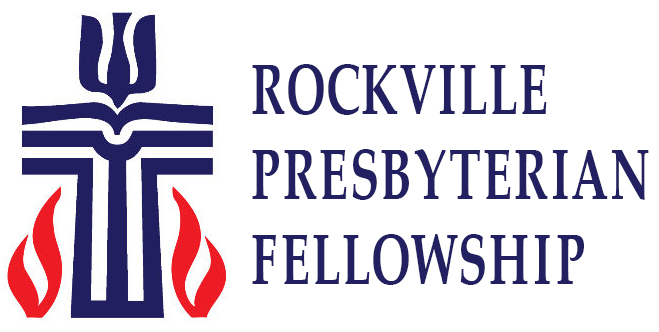Join Us to Celebrate Saint Andrew's Day on Sunday, Dec. 2
/On Sunday morning, December 2nd, Rockville Presbyterian Fellowship will hold one service at 10:00 am. The service will celebrate the First Sunday of Advent and the life of patron Saint of Scotland, Christ’s disciple, Andrew. We will enjoy the music of our choir, Praise Team, Bell Choir and the pipes of Andrew Murphey. All are encouraged to wear their tartans and other clan wear. This should be a very joyous occasion; don’t miss it.
Andrew Murphey
About Our Bagpiper
Andrew Louis Murphey has been playing bagpipes since he was 13 years old. Autistic and incredibly talented, Andrew has recently been awarded an aggregate award for placing the most 1st, 2nd and 3rd place awards as a solo bagpipe performer at the Pleasanton Scottish events. His accomplishments have also upgraded him from Grade 4 (Novice) to Grade 3 (Intermediate) level bagpipe player. In conjunction to his many competitions, he now performs for events such as weddings, funerals and holiday gatherings.
A Little History: Saint Andrew and Why We Celebrate Him
Andrew was one of the twelve apostles of Jesus Christ; the only apostle to also have been a disciple of John the Baptist before meeting Jesus. He was a fisherman in Copernicum on the Sea of Galilea. Along with his brother, Simon Peter, he was called by Jesus Christ to be his disciple. Along with James and John, the four were the inner circle of the apostles.
After Christ’s ascension into heaven, Andrew preached the gospel, healed the sick and performed miracles in Christ’s name in an area starting with today’s Greece, north to Austria and the Czech Republic, East through the Ukraine and Southern Russia and south through Turkey. He was finally martyred in the city of Patras on the western coast of Greece and buried. He was condemned to die on a cross and requested that the cross be a “saltire” or “X” shaped, as he was not worthy to die in the same manner as Christ. His request was granted and he died an agonizing death in 60 AD. The flag of St. Andrew has a light blue background covered by a white “X” to honor his death. The St. Andrew’s flag was incorporated into the “Union Jack”, the flag of Great Britain.
Legend has it that on one of his many journeys, Andrew traveled westward and established a church in Fife, Scotland. Much more likely, some of his relics were brought to Fife during the 4th century by a man named Rule, a native of Patras. Fife is now named St. Andrews, and the cathedral has become a center of evangelism for the protestant faith. St. Andrew is the patron saint of Scotland.
The Christian faith in Scotland dates back to the 6th century, however the Scottish Reformation of 1560 principally shaped its future. The church broke with Rome in a popular movement led by John Knox. It reformed it’s doctrines and government, drawing on the principles of John Calvin of Geneva,. Switzerland. This was not ratified by the Queen, as Mary of Scots was Catholic and refused to do so. In 1572 the Scottish Reformation was finally signed (Concordat of Leith) by the young monarch, King James the VI, Mary’s son and heir; thus emerged the Presbyterian Church of Scotland.


